Oaxaca,a vibrant Mexican state of bright colors, is too often in the shadow of better-known beach destinations. Yet visitors to this cultural titan learn why artists and expats have been moving quietly here for decades. In Mexico’s south, it presents a heady mix of native culture, pre-Hispanic ruins, and cuisine so outstanding it leaves any food city in its dust. The altitude contributes perfect year-round weather, and residents welcome with such warmth and hospitality that newcomers feel like part of the family from day one.
Here are 20 great reasons why Oaxaca should be on your next travel schedule.
Oaxacan Black Pottery
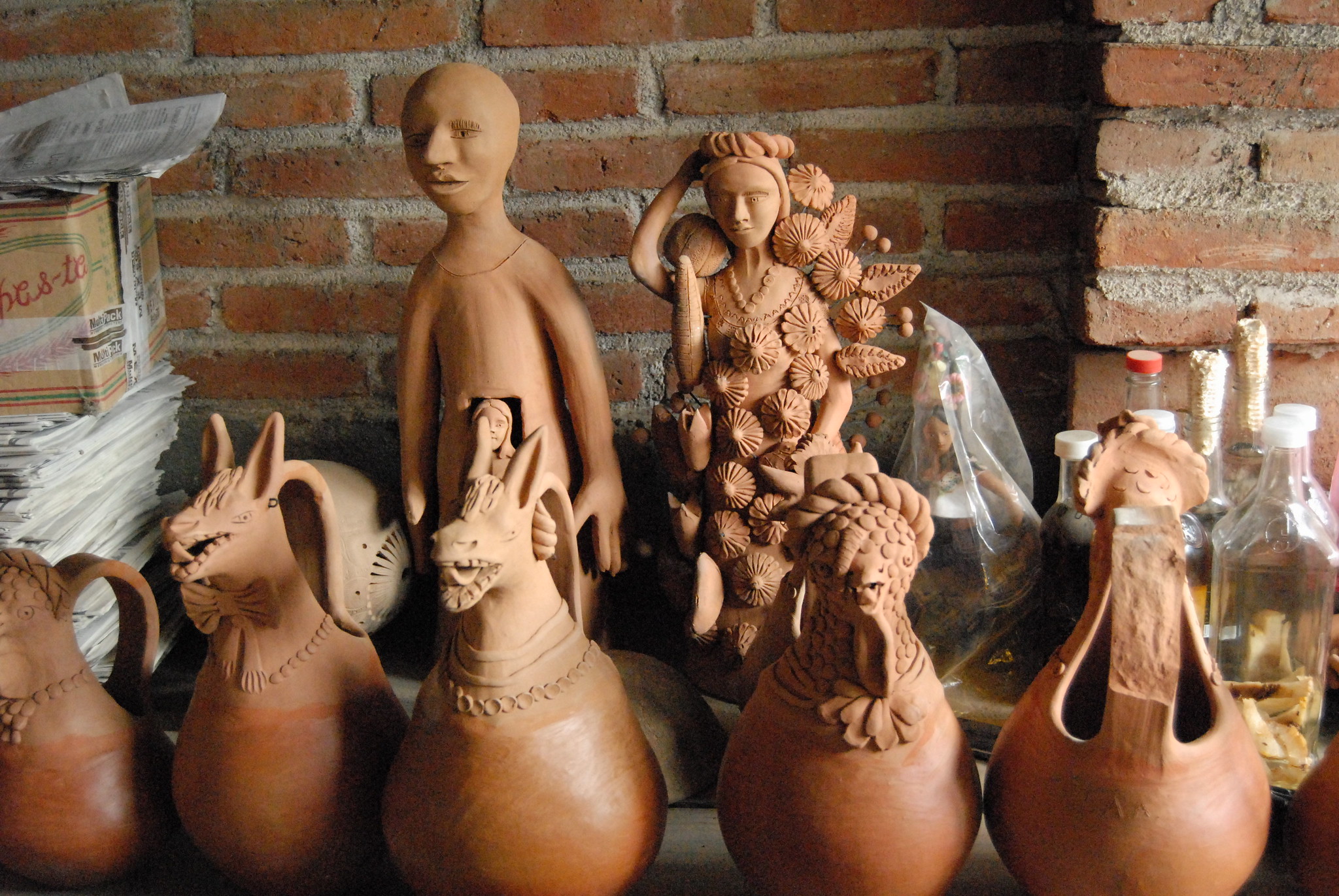
The village of San Bartolo Coyotepec produces distinctive black ceramics using pre-Hispanic techniques. Artisans polish the clay with quartz stones until it shines like graphite, creating pieces ranging from delicate whistles to massive urns.
Each family has its secret to achieving the perfect black finish, which has inspired ceramicists worldwide.
Monte Albán Archaeological Zone

This mountaintop city ruled the valley for over 1,300 years before being mysteriously abandoned. The main plaza stretches the length of three football fields and is surrounded by pyramids and observatories.
Underground tunnels and hieroglyphic stone slabs suggest advanced astronomical knowledge that modern scientists still study.
Like Travel Pug’s content? Follow us on MSN.
Day of the Dead Celebrations
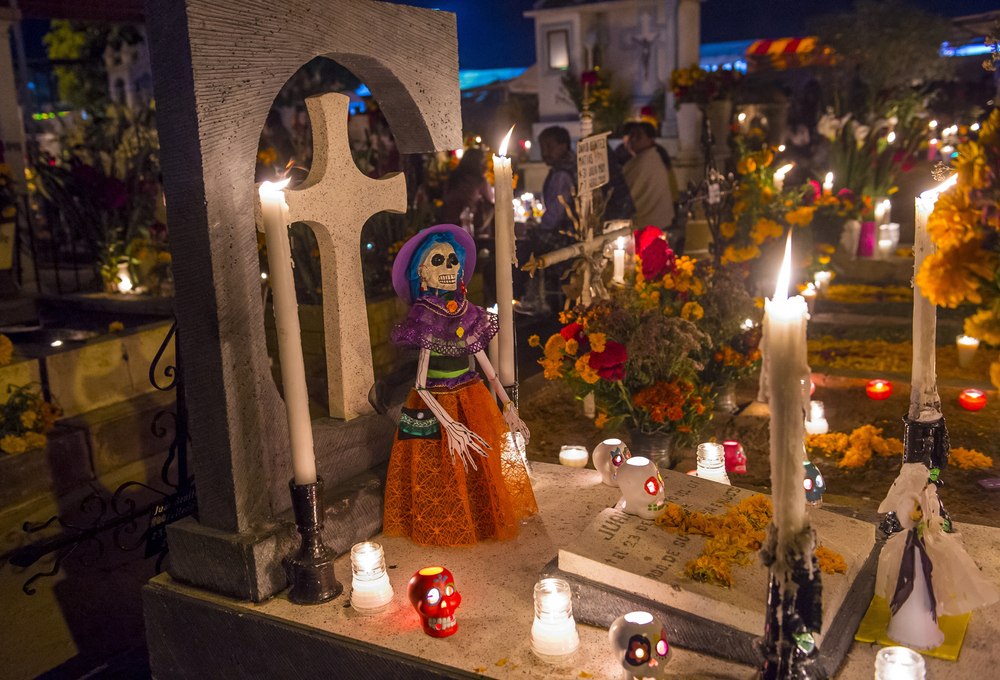
While other Mexican cities embrace this tradition, Oaxaca transforms into a haunting theater where cemeteries glow with marigolds and candles. Families spend entire nights sharing mezcal and stories at gravesites while brass bands parade through villages.
The Panteón General becomes an impromptu party venue where death loses its sting.
Mole Origins
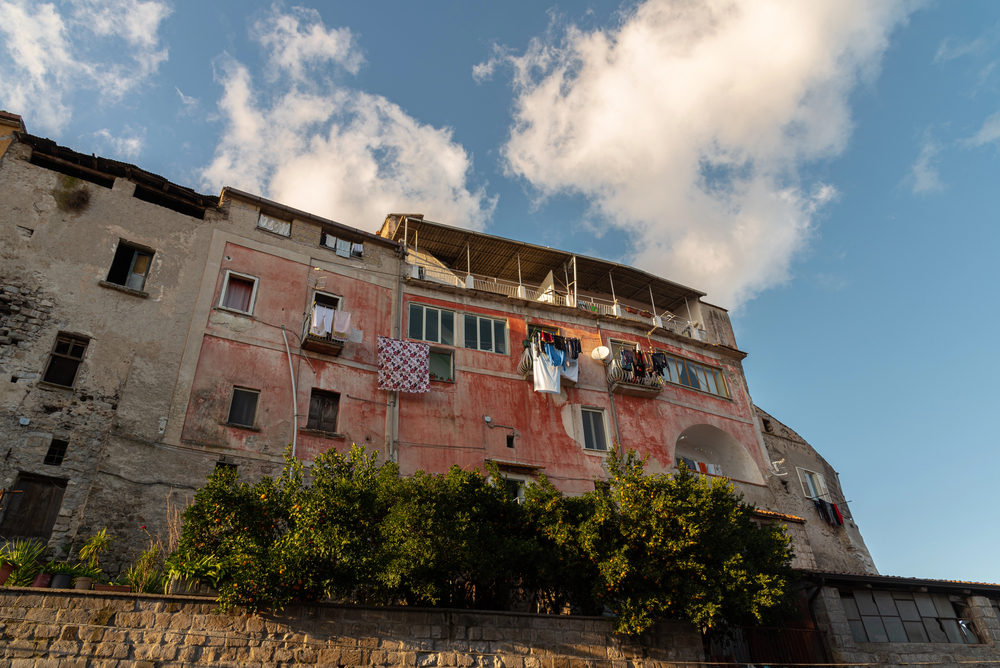
In Oaxaca’s kitchens, seven distinct moles are cooked, each requiring many ingredients to be ground on metates each day. Black mole might use chocolate, chile, and even avocado leaves, while coloradito is made of red guajillo chiles and almonds.
A restaurant will typically prepare moles starting at dawn so that they get served by evening.
Mezcal Distilleries
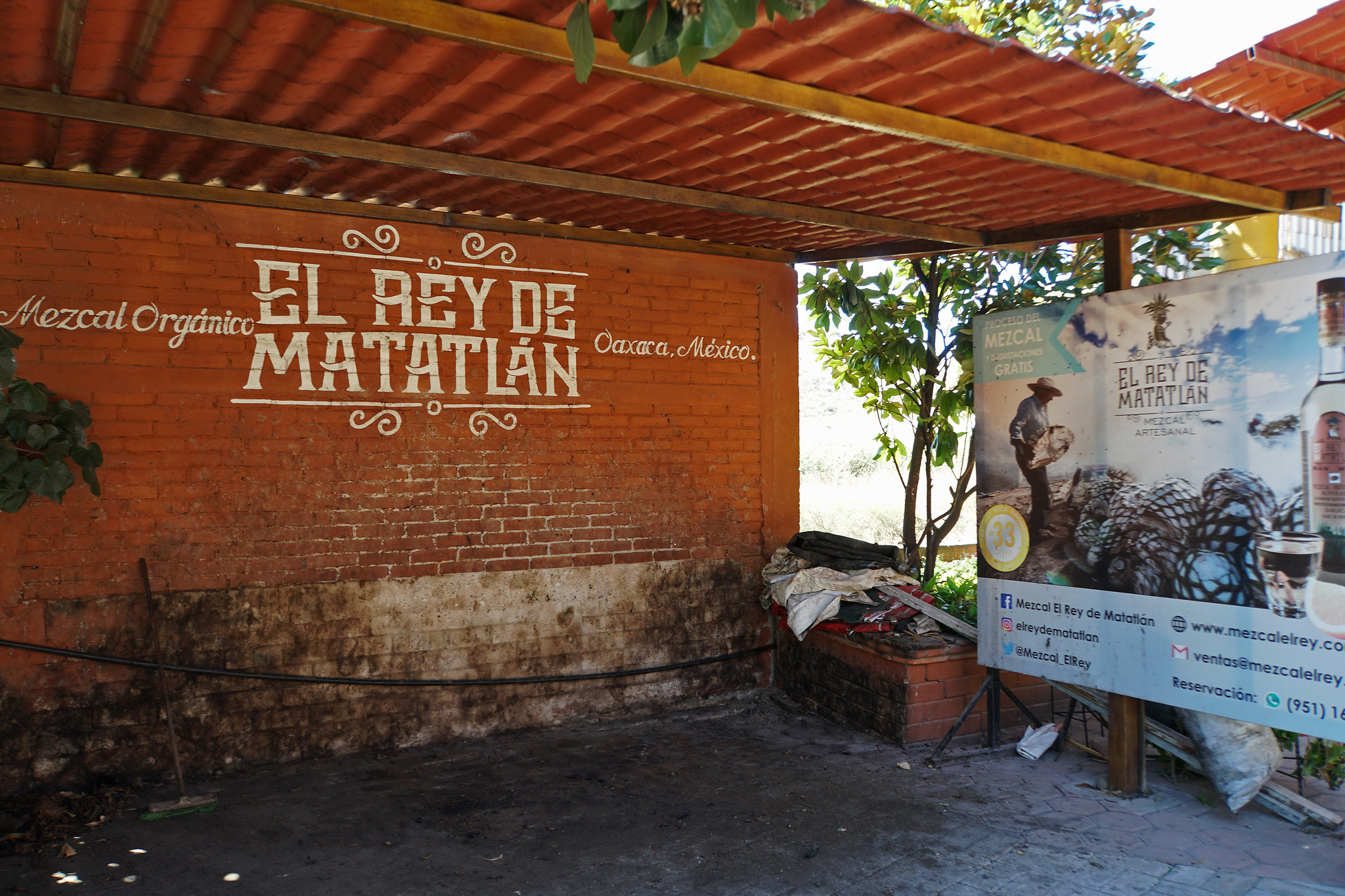
Small family palenques in the valley still roast agave hearts in underground ovens, making smoky spirits with complex flavors. Unlike tequila, industrial manufacturing, mezcal sometimes considers wild agave variants that may take decades to mature.
Tasters often inquire into the differences present between agave varieties grown in different microclimates.
Like Travel Pug’s content? Follow us on MSN.
Hierve el Agua Petrified Waterfalls
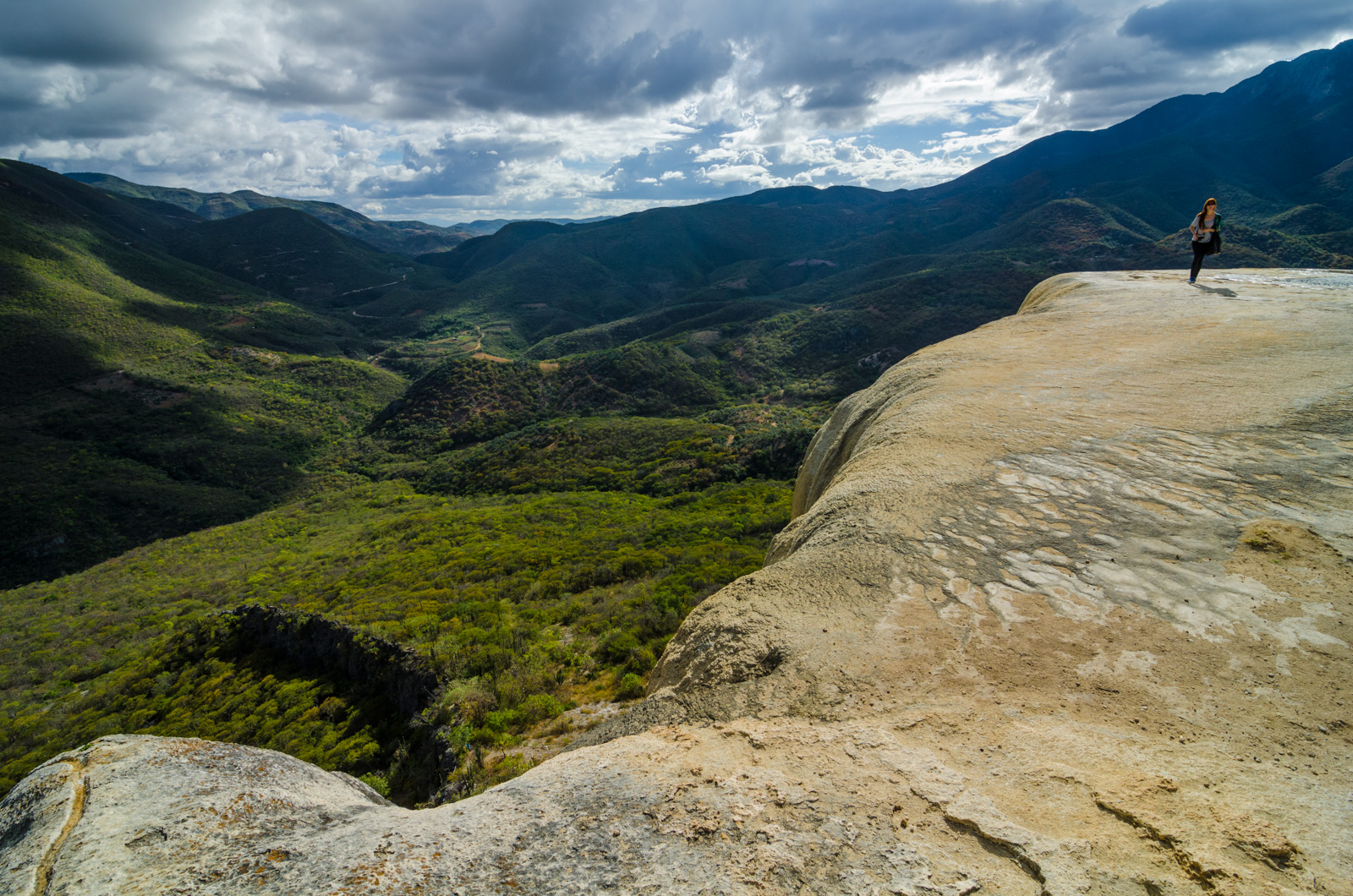
Calcium carbonate deposits created these white rock cascades that look like frozen waterfalls suspended 200 feet above the valley. Natural spring water trickles over the mineral formations continuously, slowly extending them downward.
The infinity pools at the top offer views across agave fields stretching to distant mountains.
Indigenous Market Days
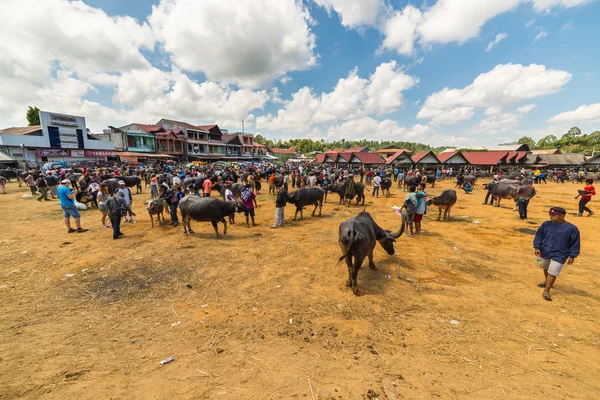
Different villages maintain their market days, creating a rotating schedule of traditional commerce. Teotitlán’s Sunday market features textiles and woven goods, while Ocotlán’s Friday market specializes in pottery and produce.
Zapotec and Mixtec languages dominate transactions alongside Spanish, keeping ancient trading customs alive.
Guelaguetza Festival
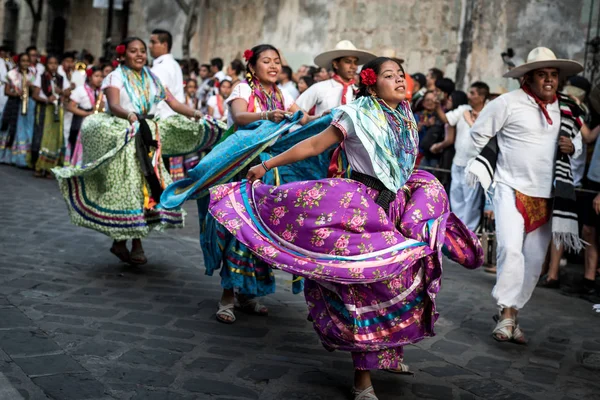
This July celebration brings indigenous communities together to share dances, music, and traditional dress from all eight regions. Each performance tells historical stories through elaborate costumes and choreography passed down through generations.
The two-week festival transforms the city into a continuous cultural immersion.
Like Travel Pug’s content? Follow us on MSN.
Mitla’s Geometric Stonework

Ancient architects created intricate geometric patterns by fitting thousands of small stones together without mortar. These pre-Hispanic designs still appear perfectly preserved after centuries, inspiring modern artists and mathematicians.
Underground tombs feature different patterns from those above ground, suggesting separate purposes.
Cacao Cultivation History
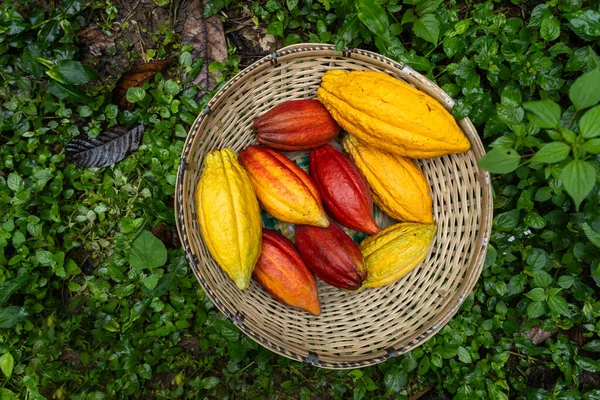
Archaeological evidence shows cacao cultivation here dates back 3,900 years, making Oaxaca one of chocolate’s birthplaces. Traditional processing methods involve fermenting cacao beans in wooden boxes before grinding them with sugar and cinnamon.
Many families still make drinking chocolate the ancient way, savoring it thick and frothy.
Textile Weaving Villages
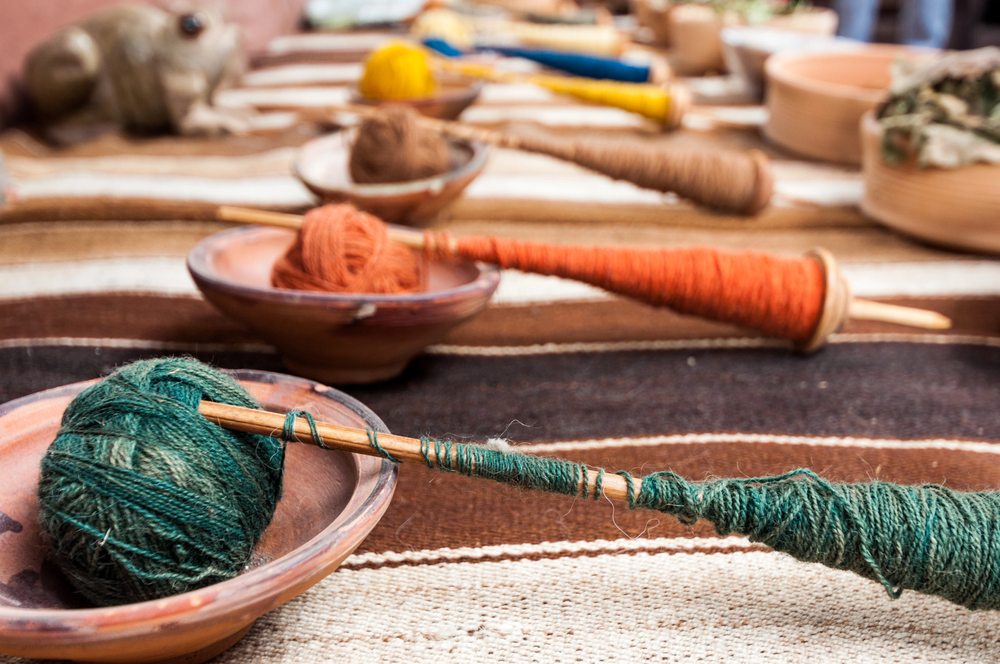
Villages like Teotitlán del Valle maintain weaving traditions using natural dyes from insects, plants, and minerals. The famous cochineal bug produces vibrant reds, while indigo creates deep blues.
Weavers often demonstrate their backstrap loom techniques, crafting pieces that can take months to complete.
Like Travel Pug’s content? Follow us on MSN.
Zapotec Cuisine Specialties
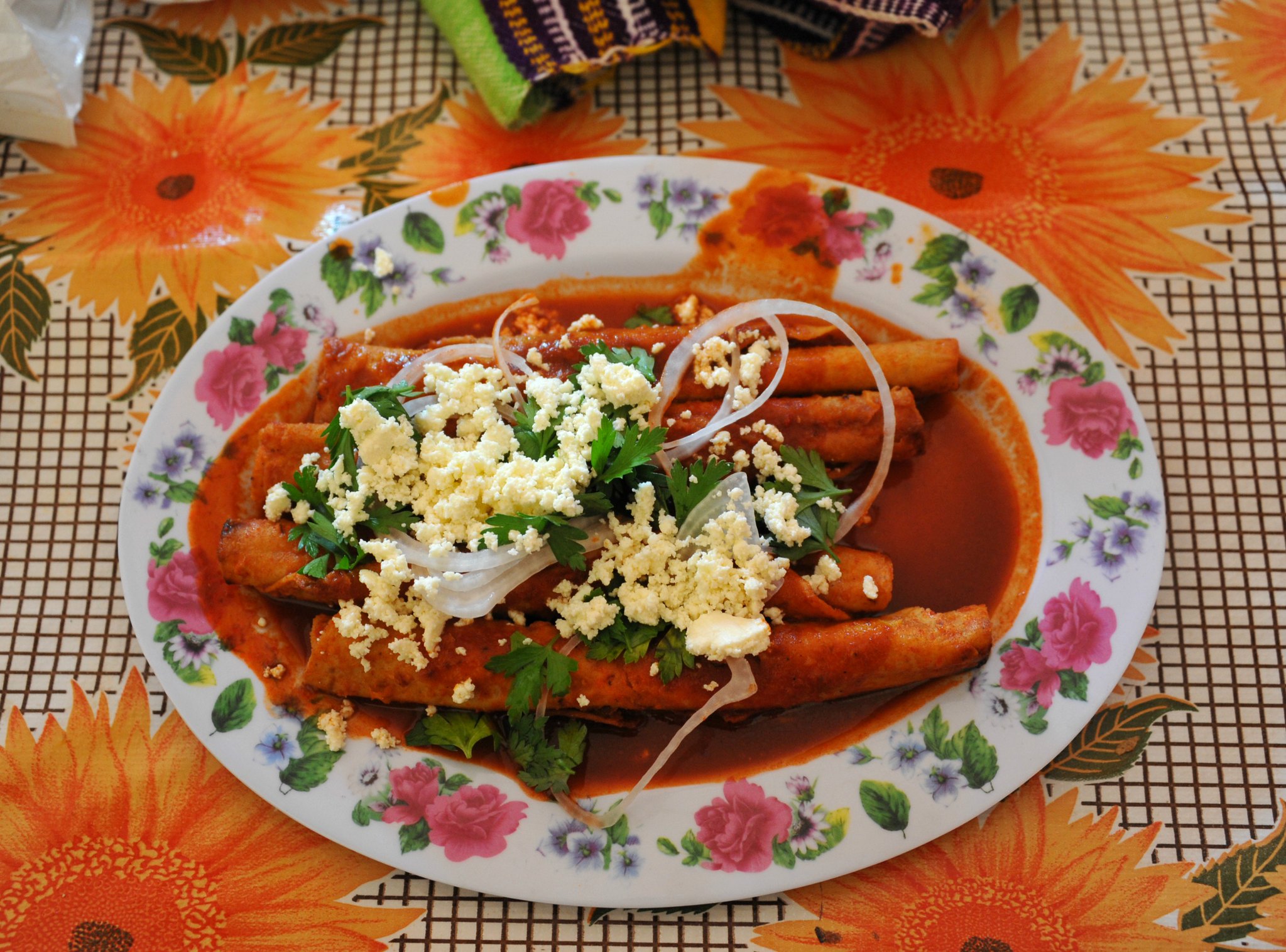
Regional dishes like tasajo (salt-cured beef), cecina enchilada (chili-rubbed pork), and chapulines (toasted grasshoppers) challenge Western palates while delighting adventurous eaters.
Tlayudas, enormous crispy tortillas topped with beans, meat, and Oaxacan cheese, serve as the local answer to pizza.
Benito Juárez Museum
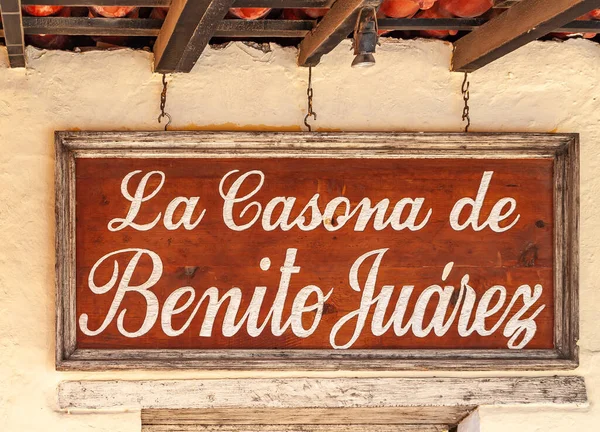
This restored 19th-century house museum showcases the life of Mexico’s first indigenous president. Original furnishings and documents reveal his early years before leading Mexico’s reform movement.
The surrounding neighborhood maintains its colonial character with cobblestone streets and low-rise buildings.
Canyon del Diablo Mountain Biking
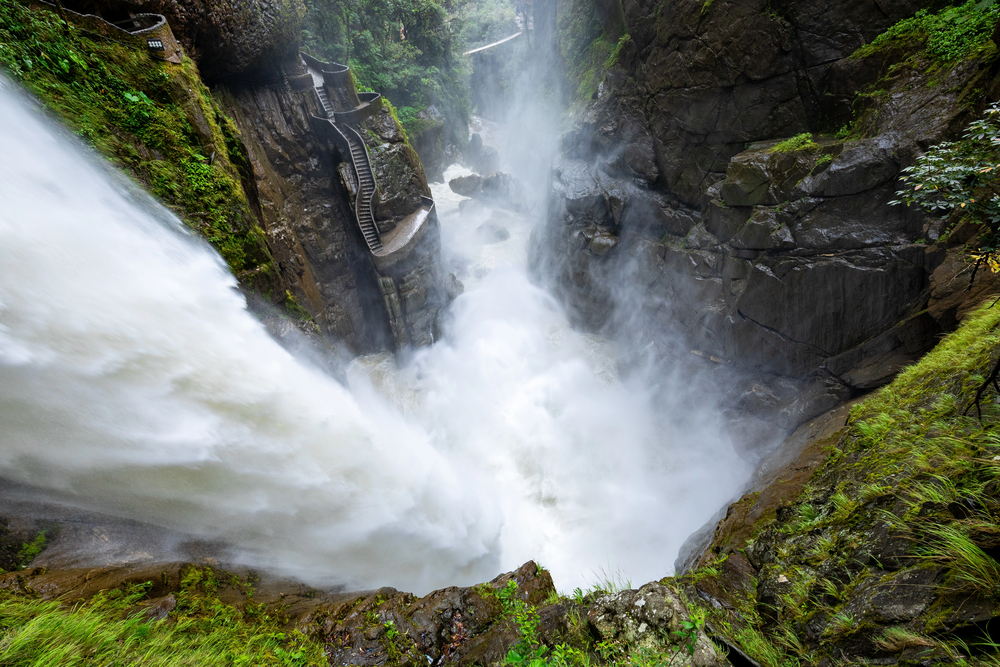
This dramatic gorge offers challenging trails that wind through pine forests and past waterfalls before descending into tropical valleys. Elevation changes create multiple climate zones in a single ride, from cool mountain air to humid lowlands.
Local guides know ancient paths that bypass the steepest sections.
Like Travel Pug’s content? Follow us on MSN.
Botanical Gardens

Over 1,000 plant species, including 700 rare cacti varieties, fill these gardens within the former monastery of Santo Domingo. Designers recreated different regional ecosystems, from cloud forests to desert landscapes.
The gardens connect to the monastery’s ancient aqueduct system, which is still functioning after 400 years.
Traditional Temazcal Steam Baths
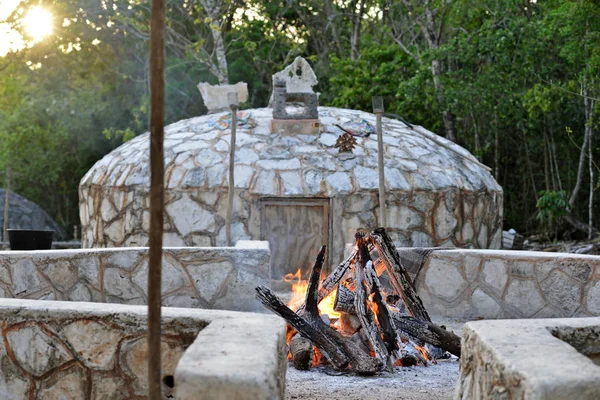
Indigenous healers lead ceremonial sweat lodge experiences combining herbs, chanting, and temperatures that reach 104°F. The dome-shaped structures represent Earth’s womb in Zapotec cosmology.
Sessions often last several hours, punctuated by cooling periods and herbal teas.
Agave Diversity
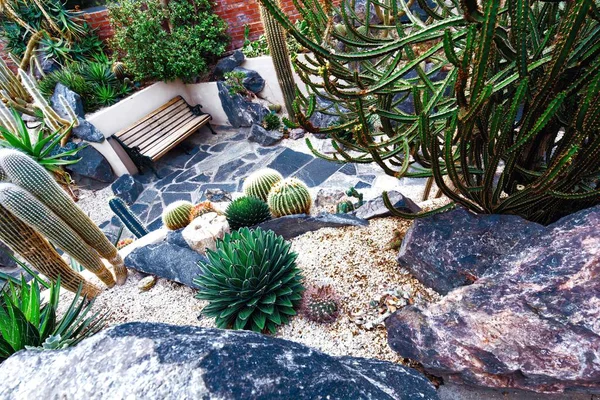
Over 160 agave species grow naturally in Oaxaca’s varied climate zones, though only about 30 species currently produce mezcal commercially. Wild varieties like tobalá can take 30 years to mature, adding complexity and expense to their resulting spirits.
Annual agave festivals celebrate this botanical diversity.
Like Travel Pug’s content? Follow us on MSN.
Archaeological Site of Yagul
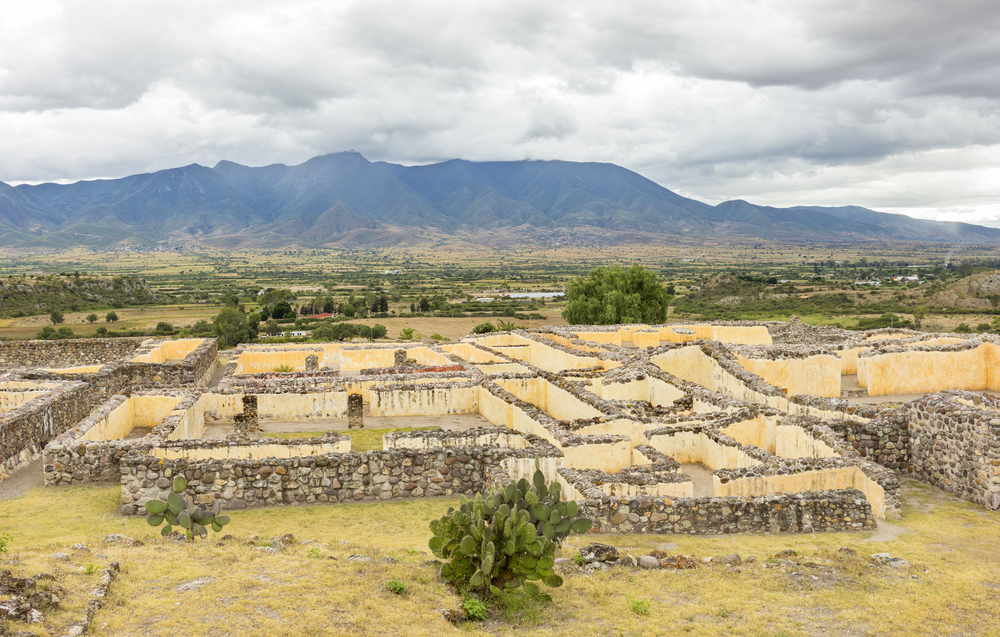
This fortified city features the largest ball court in Oaxaca, suggesting its cultural importance in pre-Hispanic times. Perfectly preserved tombs display advanced stonework and astronomical alignments.
The hilltop fortress provides panoramic views, explaining its strategic location.
Oaxacan Cheese Tradition
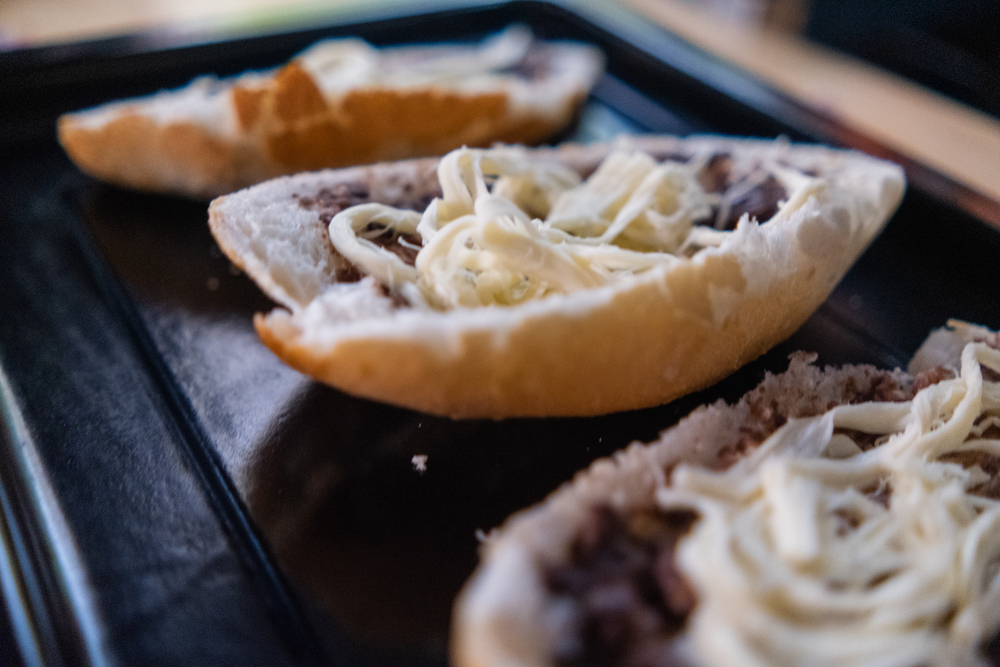
Fresh string cheese (quesillo) gets shaped into braids and knots that decorate markets and restaurant plates. Cheesemakers around Etla create this stretched-curd cheese daily using Jersey cow milk.
The cheese’s ability to melt without becoming greasy makes it essential in tlayudas and quesadillas.
Colonial Architecture Heritage

Preserved Spanish colonial buildings line the zócalo and surrounding streets, their green cantera stone facades creating uniform elegance. Churches display baroque details with indigenous artistic influences.
UNESCO protection ensures these structures remain lived-in parts of modern city life rather than mere museum pieces.
Like Travel Pug’s content? Follow us on MSN.
Where Ancient Traditions Thrive

Oaxaca shows that preserving cultural heritage does not have to come at the expense of contemporary amenities. Its stone-paved streets now have Wi-Fi cafes yet retain centuries-old markets. Artists from all corners of the globe keep coming here, attracted by its artistic vibe and openness to traditional crafts. The state provides something more and more rare – genuine cultural experiences that haven’t been created specifically for visitors, but just go on as people care about their heritage.
Whether you drink mezcal at a craft distillery or watch weavers creating masterpieces on backstrap looms, Oaxaca makes visitors remember that some places only improve with age rather than withering away.
More from Travel Pug

- Cities Growing so Fast You Won’t Recognize Them in 10 Years
- 13 Destinations Where Tourists Regularly Regret Their Trip
- 16 U.S. Cities That Are Quietly Becoming Travel Hotspots
- Where to Travel If You Love Long Bus Rides and Daydreams
- 20 Cities Perfect for Solo Travelers Who Crave Adventure & Culture
Like Travel Pug’s content? Follow us on MSN.
